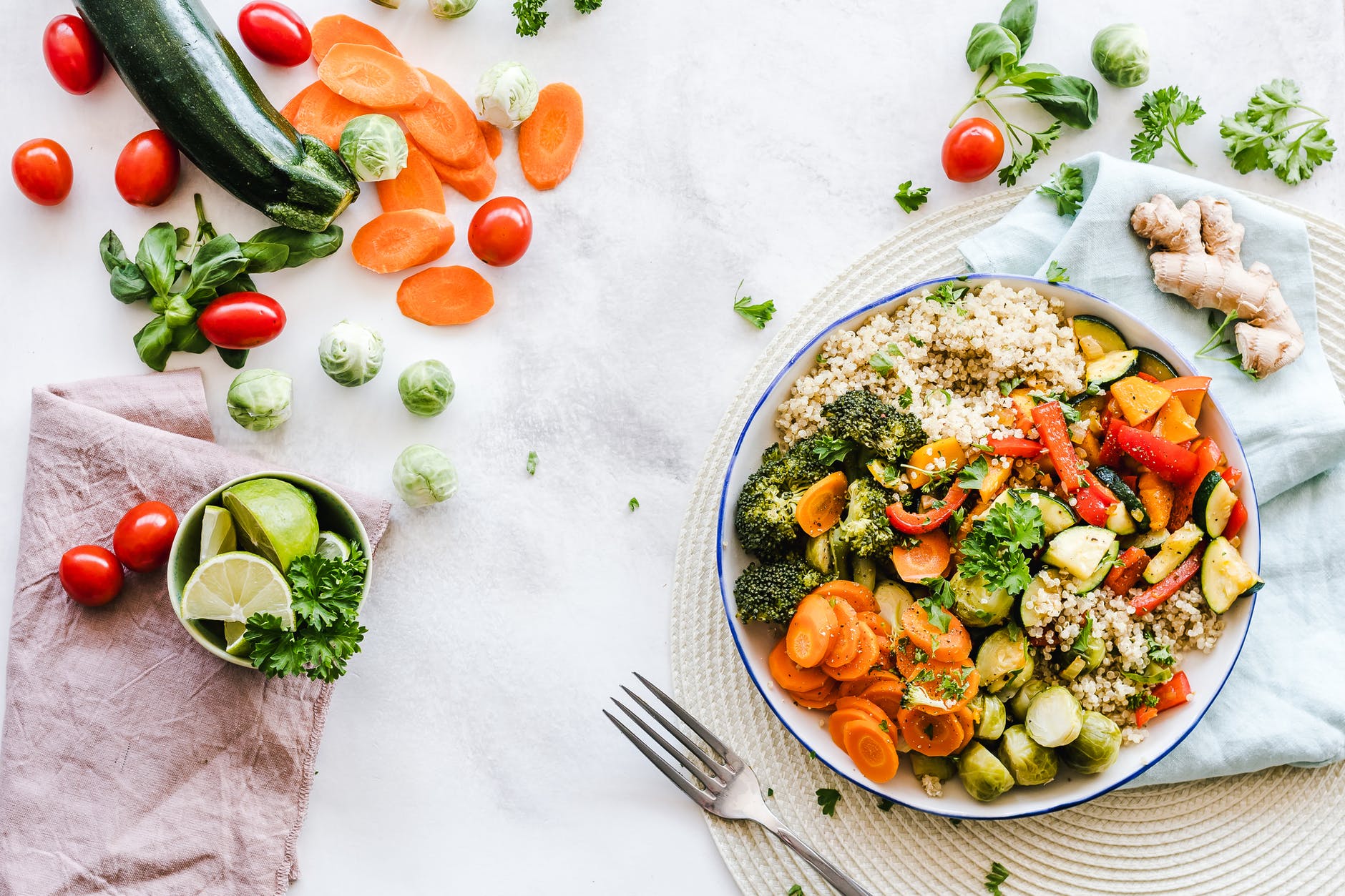Are you a food blogger, vlogger, content writer, or do you just love food? Then you’ll want to read this. This week, I thought I’d share seven delicious ways you can write about food.
- Keep it short
- Add a fun fact
- Use catchphrases
- Use an irresistible picture
- Make sure your information is accurate
- Mention the health benefits
- Describe the taste of the meal
1. Keep it short
I cannot stress this enough. Sometimes—actually most times—we just want to get to the recipe and how you made the meal. It’s unnecessary to write a block of text about the inspiration for the meal, how long it took you to get the ingredients, or the many reasons you think we should try it. We just want to know what it’s called and how you made it. Keep it short and simple; get to the recipe, please!
2. Add a fun fact.
“Did you know that Icelanders eat this meal on Christmas day?” This is a good way to get attention and motivate people to actually try out the recipe. There’s something thrilling about cooking and eating exotic meals, and adding fun facts are a perfect way to get people to go beyond liking your post and going into the kitchen.
3. Use catchphrases.
‘Easy to cook,’ ‘Simple ingredients,’ ‘Beginners’ tips,’ ‘From scratch,’ ‘Healthy meal,’ ‘Fifteen minutes prep time,’ ‘Healthy comfort food.’
Words like this pop out and encourage the reader to hang on for a little while longer. Who doesn’t want to learn to cook dinner in fifteen minutes or make healthy comfort food? There is an abundance of information floating in the cloud, and if you’re going to grab the attention of inundated readers, you’ll need the help of a few phrases.
4. Use an irresistible picture.
This is super important. Beautiful writing is great, but if you match it up with an unflattering picture, you immediately cause the reader to doubt the authenticity of what you’re saying. When you write about food, the words are just as important as the picture. Use a great picture, always.
5. Make sure your information is accurate.
A lot of effort goes into preparing a meal, at least for me. It can be disappointing when the food doesn’t taste as good as promised because an ingredient in the recipe was left out, or the poster didn’t mention important preparation tips. Use credible sources for health information, go over your recipe, and make sure that you haven’t left out important information.
6. Mention the health benefits.
Nutrition and health care often prompt people to try out something new. So, take note of this when you write about food. If you’ve made a pudding out of beans or tried a new vegetable pie, don’t forget to mention the nutritional benefits of the meal. Has your cooking method preserved the nutrients of the food? Mention it. Is your soup especially beneficial to pregnant women? Mention it. Does your salad encourage children to eat more fruits? Please mention it!
7. Describe the taste of the meal
Okay, I’ll admit that this writing skill can take some time to hone, but try to tell your reader how it tastes. A line or phrase of description will do: “This salad/drink/pie/chicken/cake is so … spicy/moist/tangy/hot/delicious/buttery/creamy/fresh. You can almost never run out of words to use to describe the taste of food, and you can be sure that description is what your readers will look out for when they try out your recipe.
Did I leave anything out? Let me know in the comments!
Happy writing!
Image credit: Pexels.com


Published by